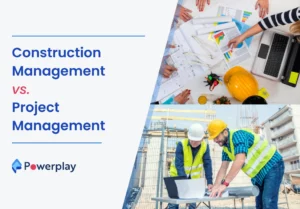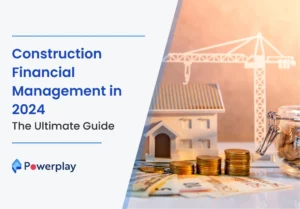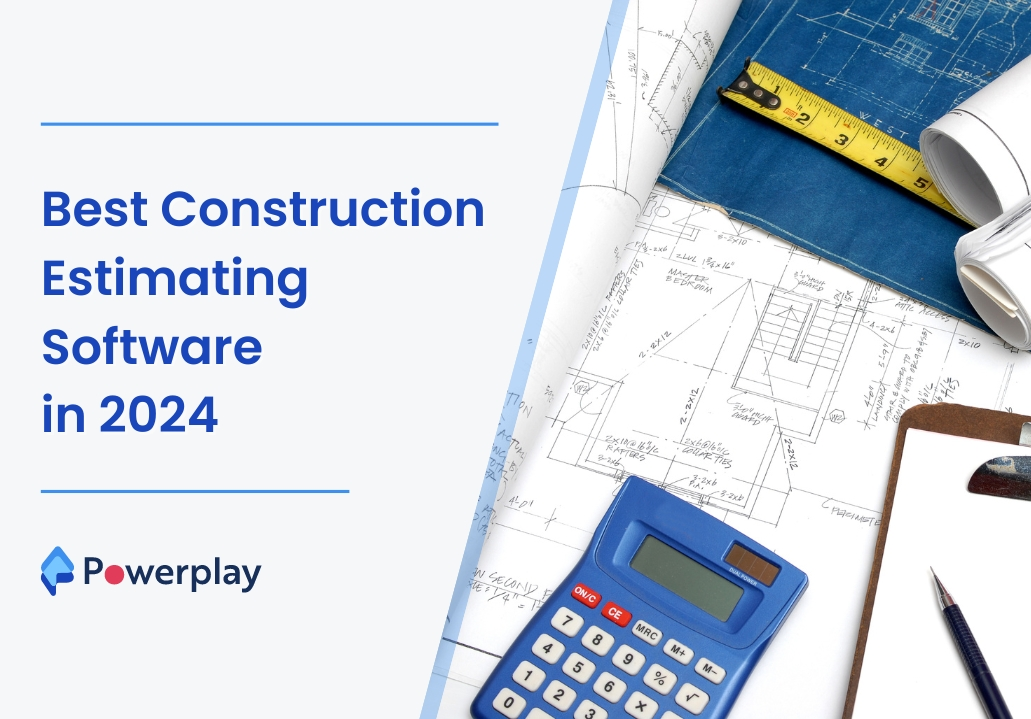Streamline Your Interior Projects with Project Management Software
-
Kumar Abhishek Anand
- October 10, 2023
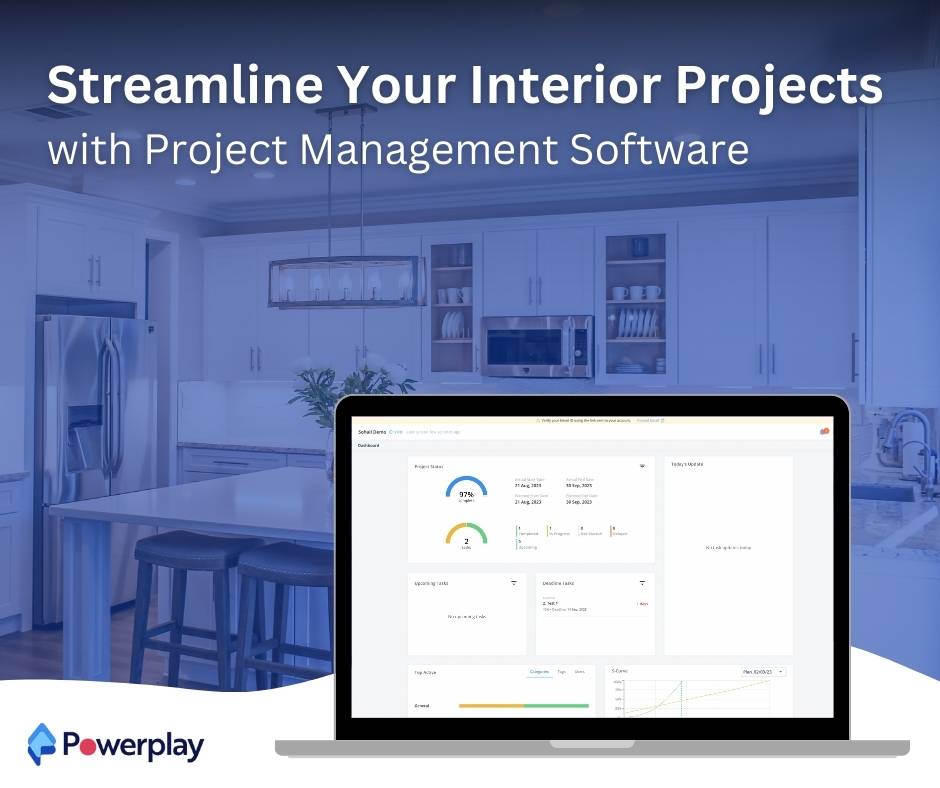
In the construction industry, managing interior projects can be a complex and time-consuming process. With multiple tasks, deadlines, and stakeholders to coordinate, it’s crucial to have efficient project management in place. Thankfully, with the advent of project management software, interior project execution and management have become much more streamlined and organised.
Table of Contents
ToggleInterior Projects in Construction Business
Interior projects in the construction business refer to the planning, design, and execution of various aspects of a building’s interior space. This can include tasks such as interior design, electrical and plumbing installations, flooring, painting, and furniture selection. Interior projects are essential for creating functional and aesthetically pleasing spaces that meet the requirements and preferences of the client.

Steps in Interior Project Execution and Management
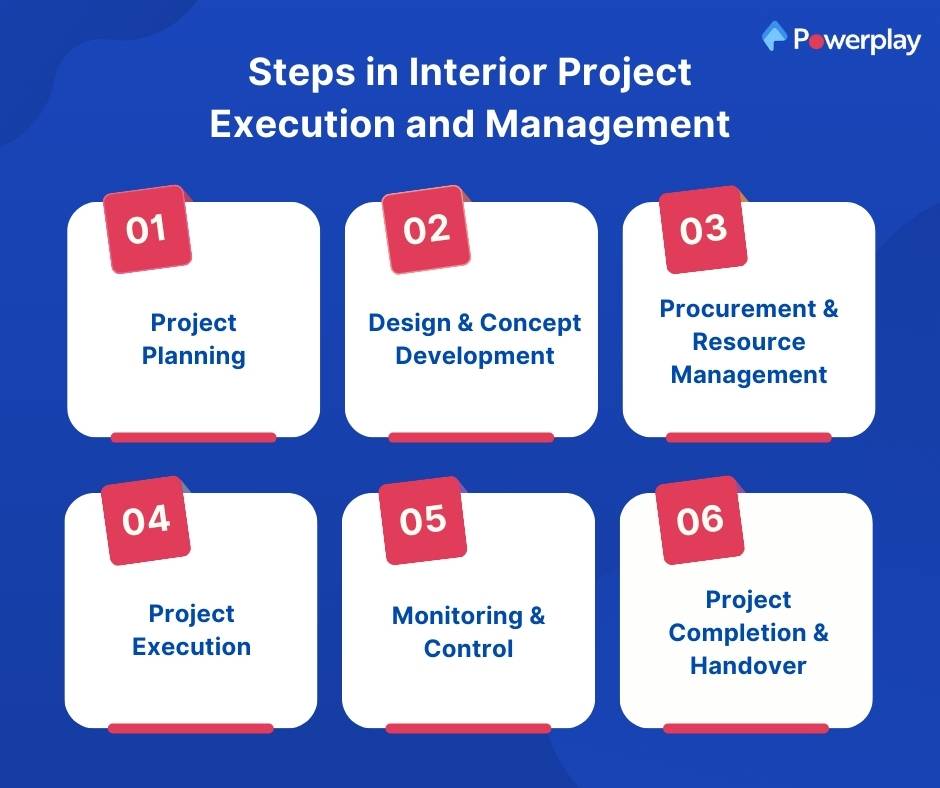
To better understand how project management software can benefit interior projects, let’s break down the typical steps involved in their execution and management:
1. Project Planning: This phase involves gathering requirements, creating a project scope, defining deliverables, and establishing a timeline and budget. It also includes identifying key stakeholders and establishing clear communication channels.
2. Design and Concept Development: In this phase, architects and interior designers work together to translate the client’s vision into a concrete design plan. This includes creating floor plans, selecting materials and finishes, and developing 3D renderings or mock-ups.
3. Procurement and Resource Management: Once the design is finalized, the next step is to procure the necessary materials, furniture, and equipment. This phase also involves managing resources such as labor, subcontractors, and equipment availability.
4. Project Execution: This is the actual implementation phase, where all the planned activities are carried out. It includes coordinating the various trades involved, managing timelines, and ensuring that quality standards are met.
5. Monitoring and Control: Throughout the project, it’s important to track progress, manage changes, and address any issues that may arise. This phase involves regular site visits, progress meetings, and the ability to adapt to unforeseen circumstances.
6. Project Completion and Handover: Once the project is near completion, it’s important to conduct final inspections, address any outstanding issues, and ensure that all contractual obligations are met. This includes obtaining necessary permits and certificates and handing over the project to the client.
Problems in Each Step of Interior Project Execution
While each step is crucial for successful interior project execution, there are often challenges that can arise, hindering progress and efficiency:
1. In Project Planning, it can be difficult to keep track of all the requirements, stakeholders, and timelines. Communication gaps and misunderstandings can also lead to delays and cost overruns.
2. In the Design and Concept Development phase, collaboration between architects, interior designers, and clients can be time-consuming and prone to misinterpretation. Changes in design can be difficult to address and update across multiple documents.
3. Procurement and Resource Management can be challenging as it involves coordinating with suppliers, negotiating prices, and ensuring timely deliveries. Keeping track of inventory and material requirements can be cumbersome and error-prone.
4. During Project Execution, lack of coordination between various trades can result in delays and rework. Managing worker schedules, tracking progress, and maintaining quality can also be overwhelming.
5. Monitoring and Control require constant tracking and documentation of project progress, expenses, and issues. Without a centralized system, it can be difficult to ensure transparency and accountability.
6. In the Project Completion and Handover phase, there can be discrepancies between the completed work and the client’s expectations. Minor issues and last-minute changes can also be overlooked without proper documentation and communication.
How Software Can Solve the Problems in Each Step

Project management software offers a comprehensive solution to these challenges by providing a centralized platform for communication, collaboration, and documentation. Here’s how software can alleviate the problems faced in each step of interior project execution:
1. Project Planning: Project management software allows for easy creation and customization of project plans, timelines, and budgets. It facilitates effective communication by providing a platform for real-time updates, document sharing, and task assignment.
2. Design and Concept Development: With software, architects and interior designers can create and modify designs in a collaborative environment. Changes can be tracked, and 3D renderings can be easily shared with clients for feedback and approval.
3. Procurement and Resource Management: Software streamlines the procurement process by automating purchase orders, tracking deliveries, and managing supplier information. It also helps track resource allocation, ensuring that labor and equipment are efficiently utilized.
4. Project Execution: Project management software enables efficient task management, allowing project managers to assign tasks, track progress, and manage dependencies. It also facilitates communication between different trades and provides a platform for issue tracking and resolution.
5. Monitoring and Control: Software provides real-time visibility into project progress and expenses through intuitive dashboards and reports. It helps identify bottlenecks, manage changes, and ensure compliance with quality standards.
6. Project Completion and Handover: By centralizing project documentation, software ensures that all completed work is accurately recorded and accessible for final inspections and handover. It also facilitates efficient snagging and punch list management to address any remaining issues.
Impact of Interior Project Management Software

The adoption of project management software in the interior construction industry has significant benefits:
1. Improved Efficiency: With streamlined processes, automated tasks, and improved collaboration, interior projects can be executed more efficiently, reducing delays and cost overruns.
2. Enhanced Communication: Software enables effective communication and collaboration among all project stakeholders, minimizing misunderstandings and ensuring all parties are on the same page.
3. Better Resource Allocation: By providing visibility into resource availability and utilization, software helps optimize the allocation of labor, equipment, and materials, reducing waste and maximizing productivity.
4. Increased Accountability: With a centralized system that tracks progress, tasks, and issues, project managers can hold team members and subcontractors accountable for their responsibilities, ensuring a higher level of performance.
5. Improved Project Documentation: Project management software creates a centralized repository for project documents, making it easier to access and share information. This improves transparency and facilitates smooth handover of completed projects.
Digitalise Interior Project Management
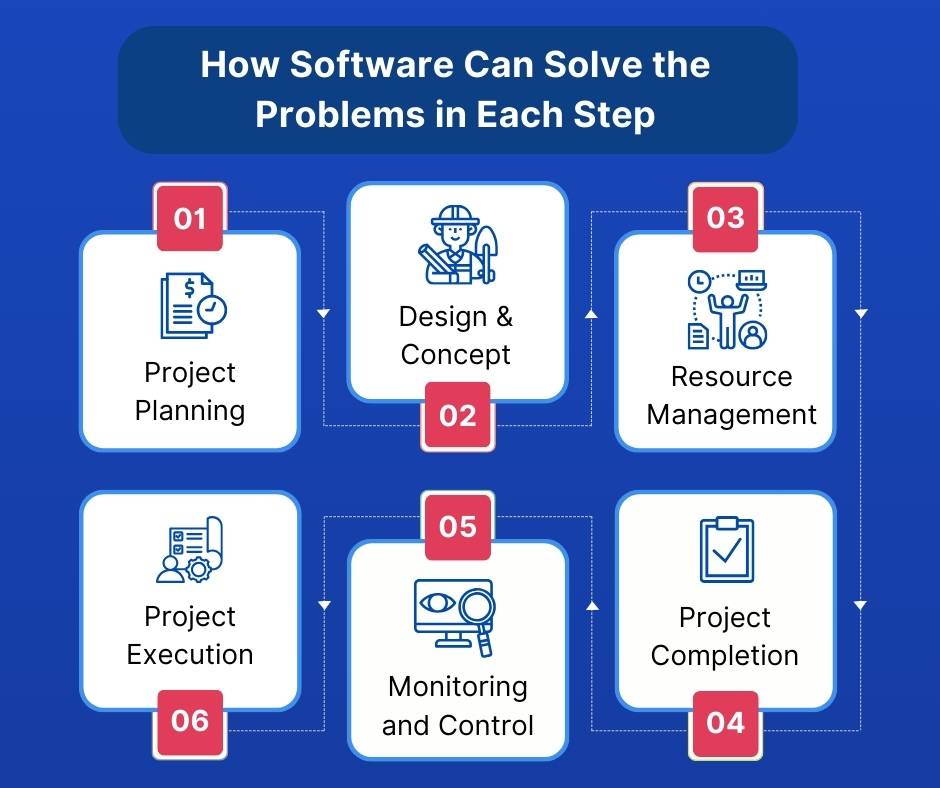
In today’s digital age, investing in project management software is crucial for any construction business involved in interior projects. By digitizing project management processes, companies can reap the benefits of efficiency, collaboration, and improved project outcomes.
The industry is witnessing a shift towards cloud-based project management solutions, which offer the flexibility of accessing project information from anywhere, at any time, and on any device. This allows project teams to stay connected and work seamlessly, whether they are on-site, in the office, or on the go.
With the right project management software, construction companies can streamline their interior projects, reduce project risks, and deliver projects that meet and exceed client expectations.
In summary, project management software plays a pivotal role in efficiently executing and managing interior projects in the construction industry. It addresses the challenges faced in each step of project execution and brings about improved efficiency, communication, accountability, and documentation. Embracing digitalization in interior project management is not just a trend but a necessity for businesses striving for success in the modern construction landscape.
Share
Kumar is a digital content professional with more than 2 years of experience in Blog writing, copywriting and scripting. His passion lies in the art of creating convincing content that plays a major role in converting leads for SAAS businesses.
